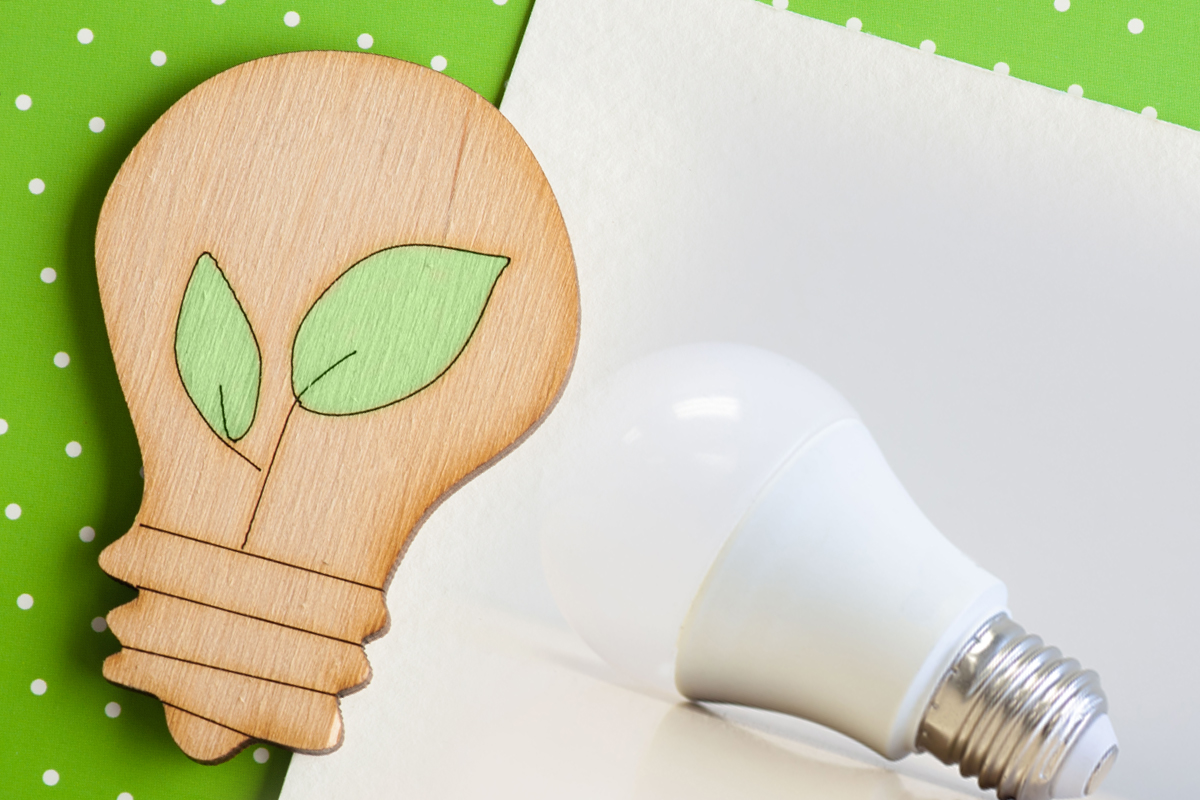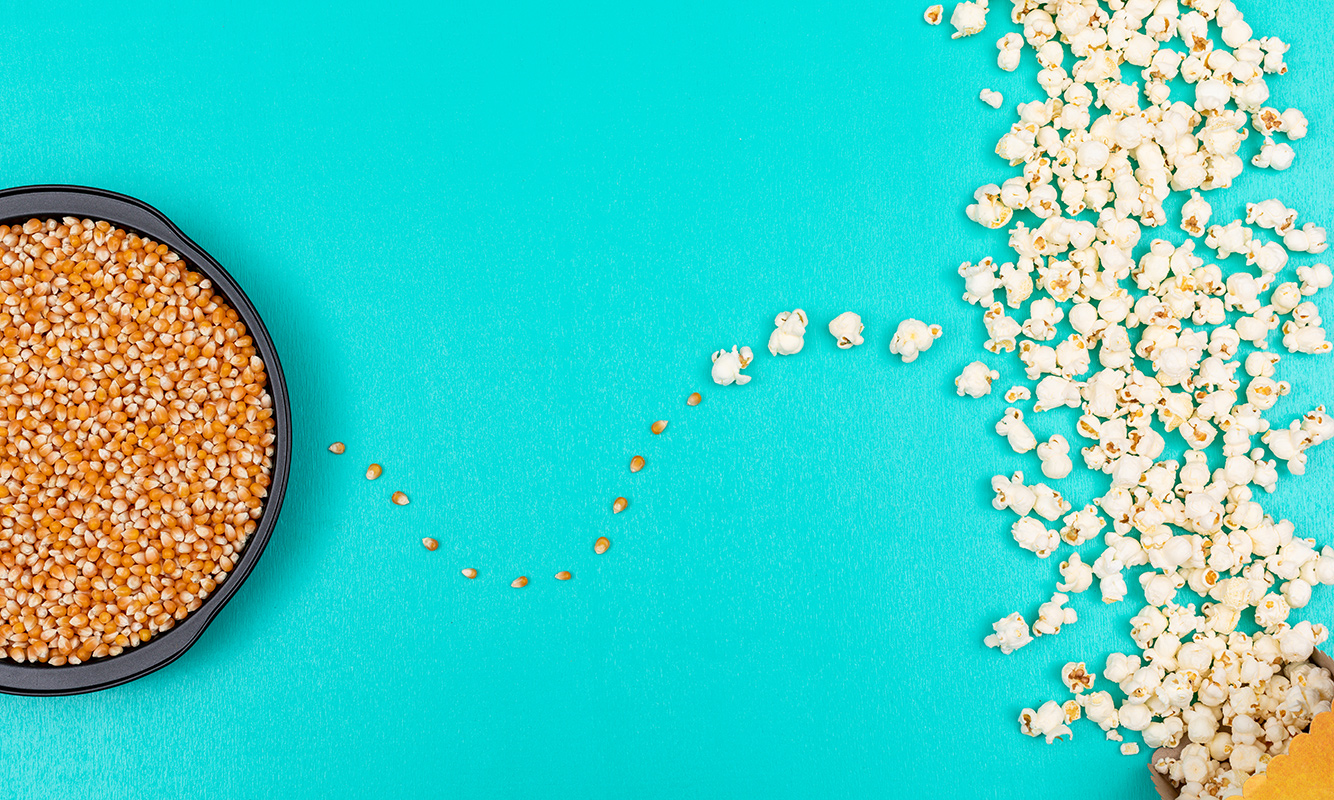Earth Day turns 50 on April 22, a moving milestone. A lot has happened to our environment since 1970. Pollution and global warming are a leading worldwide concern. There is also a greater awareness of the need for eco-friendly living. However, this year we find ourselves in the unusual situation of trying to be green all while sheltering in place. Here are some ways we can celebrate Earth Day at home.
 Plant something.
Plant something.
No need to think that you have to plant a tree to make a difference. Re-pot some of your outdoor plants and bring them inside your home. This is great for your health since greenery produces oxygen. You can also reuse veggies stems to create a quick garden. This can be a fun activity for the kids to get involved. Even adding a simple herb garden to your windowsill can brighten your kitchen.
Start composting.
Instead of adding to landfills, you can compost your “green” waste (fruits, vegetables, tea bags, coffee grounds) and “brown” waste (dry leaves, paper, wood shavings). Whether you buy a fancy composting bin or just dig a hole in garden (and fit a lid on top of it), maintain an equal balance of both materials. Make sure to mix the compost from time to time and add water if needed. Air and wetness are critical in the development of your natural fertilizer. Don’t have outside space? Freeze your compost materials in biodegradable bags and donate to your local nursery.
Get creative.
Chances are you have been ordering a lot of items online that are being delivered to your home. You probably have packaging materials laying around that you keep meaning to recycle. Here’s another fun one for kids, you can create artwork with eco-bubble and cardboard boxes. Other paper/ cardboard materials (cereal boxes, egg cartons, toilet paper rolls) can also be reused for fun activities before being recycled.
Go meatless.
Reduce your carbon footprint for the day by not eating any animal products. There are plenty of delicious vegetarian/ vegan recipes, so there is no need to feel restricted or deprived. Minimize food waste and use all parts of your fruits and vegetables (including leaves, greens and skins).
 Shop smart.
Shop smart.
When buying groceries or other necessary items, make sure to bring along reusable totes or at least recycle the store-issued bags. You can also keep a light-weight collapsible crate in your car. Just wheel the store cart out to your car and transfer your newly purchased goods directly into the crate. The earth will benefit while you save yourself some time.
Save energy.
Unplug electronic devices when you are not using them. Another option is to plug them all into one power strip and then turn that off until when you need them. Devices in standby mode consume 5-10% of residential energy. This can add up to $100 per year for the average American household.
 Light smarter.
Light smarter.
Stop using incandescent light bulbs. Choose more energy efficient light bulbs such as CFLs (compact fluorescent lights). LEDs (light-emitting diodes) are even more efficient at turning energy into light, and less heat radiates from these bulbs.
Minimize paper usage.
Are you still receiving printed invoices and statements by mail? Cut down on all that needless paper. Just call the companies or visit their websites to opt into online billing. Save PDF copies of the invoices if you need to for tax purposes. You can go green and save yourself some green – money on postage that is.
If you have an iPad or other tablet, another paper-saving tip is to switch your newspaper and magazine deliveries to digital subscriptions. Again, you can call and speak to subscription services or go online to make the change.
Make a monetary donation.
Of course everyone has their favorite causes and charities. However, being home may make it easier to do a little research and find some others to support. For example, Kiva is an international nonprofit founded in 2005. Its mission is to financially assist underserved communities worldwide by making crowdfunded loans accessible. By lending as little as $25, you can help fund items like student tuition, women-owned business start-up fees, farming equipment, or medical care.
 View an eco-educational film.
View an eco-educational film.
Sit back and watch a documentary in the comfort of your own home. There is an extensive list of content that can be streamed online, including on Netflix and Amazon Prime Video. Top picks include An Inconvenient Truth, An Inconvenient Sequel: Truth to Power, The Biggest Little Farm Movie, Sustainable. Don’t forget to make homemade organic popcorn for your film fest. Have a wrap-up discussion after your viewing.
Join Digital Earth Day.
Due to the COVID-19 global pandemic, this year Earth Day Network will mark Earth Day’s 50th Anniversary with the first Digital Earth Day. Live coverage from its social media accounts (@earthdaynetwork) of this worldwide mobilization on April 22 will address the most urgent threats to people and the planet. Everyone is encouraged to share the hashtags #EarthDay2020 and #EARTHRISE. Earth Day Network reminds everyone to follow the recommendations and advice from the World Health Organization and the United States Centers for Disease Control and Prevention.
Just waste less.
In the end, it comes down to this: how we treat our world now will affect the generations to come. We only have one planet. Celebrate Earth Day at home. Save lives and do something – to make a moving difference.
* * * * *

